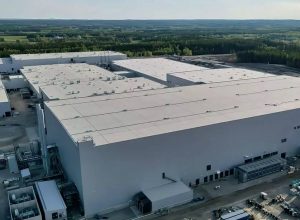
JPMC and APC expand fertilizer production
Jordan Phosphate Mines Company (JPMC) and Arab Potash Company (APC) have signed an agreement to develop an integrated industrial complex for the production of phosphoric acid, purified phosphoric acid, and specialised fertilisers. The facility will span sites in the Aqaba Special Economic Zone and Al Shediyeh, and represents a strategic collaboration between two of Jordan’s largest mining companies. The project aims to shift the country’s fertilizer sector from raw-material exports to value-added manufacturing, aligned with Jordan’s Economic Modernisation Vision. The complex will focus on high-purity phosphoric acid used in specialty fertilizers, as well as in food, pharmaceutical, and cosmetics applications. It is also expected to create both direct and indirect employment opportunities, with plans for training programmes for local engineers and technicians.





